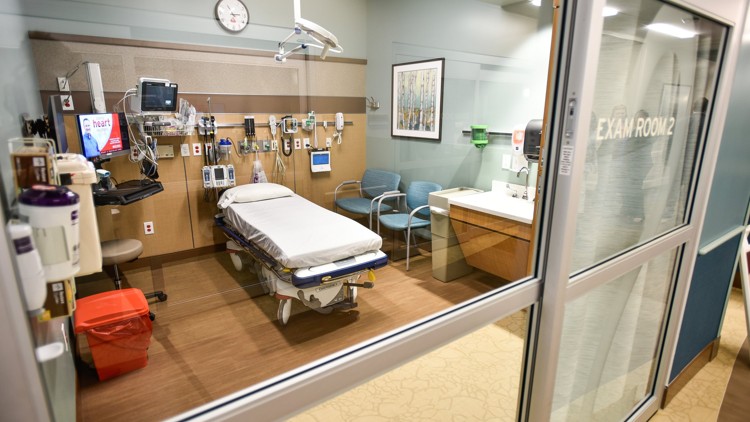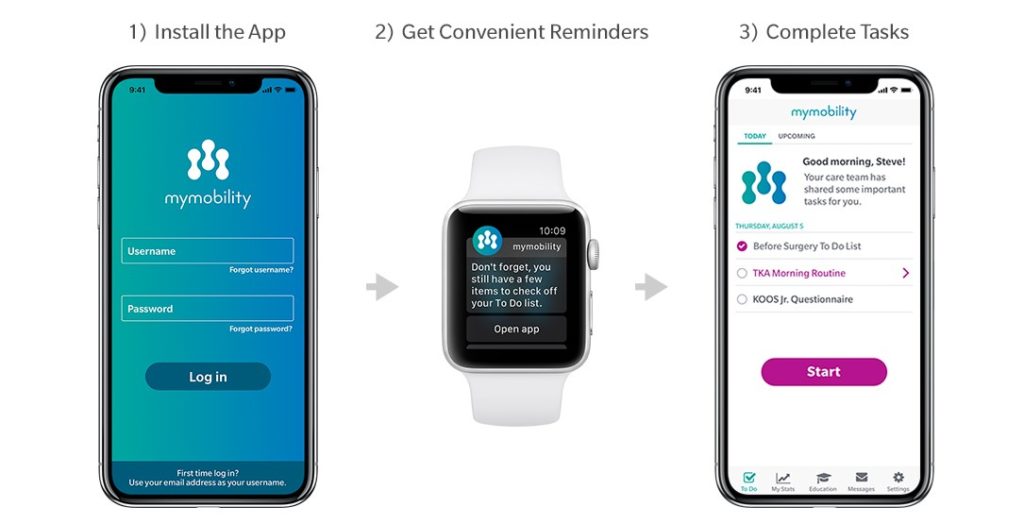December 20, 2018 / FDA News Release
The U.S. Food and Drug Administration has warned Genetech, Inc. of San Diego, California and its president, Edwin N. Pinos for marketing stem cell products without FDA approval and for significant deviations from current good tissue practice (CGTP) and current good manufacturing practice (CGMP) requirements, including some violations that may have led to microbial contamination, potentially causing serious blood infections in patients. Genetech processed umbilical cord blood into unapproved human cellular products, which was distributed by Liveyon, LLC.
Additionally, as part of the FDA’s overall goal to support the responsible development of safe and effective products for patients, the agency is sending letters to reiterate the FDA’s compliance and enforcement policy to other manufacturers and health care providers who may be offering stem cell treatments.
“The FDA is committed to advancing the field of cell-based regenerative medicine. We’re implementing new policies to make it more efficient to safely develop these promising new technologies. At the same time, we’re also focusing more resources on enforcement when we see companies skirt safety measures and put patients at risk. In this case, the company’s failure to put in place appropriate safeguards may have led to serious blood infections in patients,” said FDA Commissioner Scott Gottlieb, M.D. “We remain committed to supporting the development of safe and effective cell-based regenerative medicine and advancing our comprehensive regenerative medicine policy framework. These efforts include our work to encourage manufacturers to engage with the FDA early so that we can provide guidance about any applicable regulatory requirements. Even though a few sponsors have come to us, we are discouraged by the overall lack of manufacturers wanting to interact with the agency in this enforcement discretion period. The letters we’re issuing today to manufacturers, health care providers and clinics around the country are a reminder that there’s a clear line between appropriate development of these products and practices that sidestep important regulatory controls needed to protect patients. Time is running out for firms to come into compliance during our period of enforcement discretion. We’ll be increasing our oversight related to cell-based regenerative medicine as part of our comprehensive plan to promote beneficial innovation while protecting patients.”
As highlighted last year with the release of the FDA’s comprehensive regenerative medicine policy framework, including the FDA’s final guidance (Regulatory Considerations for Human Cell, Tissues, and Cellular and Tissue-Based Products: Minimal Manipulation and Homologous Use), the FDA intends to apply a risk-based approach to enforcement of cell-based regenerative medicine products, taking into account how products are being administered as well as the diseases and conditions for which they are intended to be used. However, the FDA does not intend to exercise such enforcement discretion for those products that pose a potential significant safety concern to patients.
Under this policy, the agency noted that it intends to exercise enforcement discretion for certain products until November 2020 with respect to the FDA’s investigational new drug application and premarket approval requirements when the use of the product does not raise reported safety concerns or potential significant safety concerns. Although the FDA has not evaluated the application of the compliance and enforcement policy to the specific manufacturers and health care providers who received the letters, or evaluated their products, the letters are intended to serve as a reminder of the enforcement discretion period and to encourage all affected manufacturers and health care providers to engage with the agency in advance of that date to determine if their products are subject to the agency’s premarket approval requirements.
The FDA offers opportunities for this type of engagement between potential manufacturers and the agency, such as through the INTERACT program, to facilitate product development. It also encourages the use of its expedited programs whenever applicable, in addition to the collaborative development of products as the FDA Commissioner and Center for Biologics Evaluation and Research director discussed in a New England Journal of Medicine perspective.
perspective.
In the case of Genetech, the FDA inspected the company’s facility this past June and found the company was processing cellular products from human umbilical cord blood for administration by intra-articular (joint) injection, intravenous injection or application directly to the affected tissue to treat a variety of orthopedic conditions. These products were distributed by Liveyon in Yorba Linda, California as ReGen5, ReGen10 and ReGen30. The Genetech products are not intended for homologous use (products that are intended for the same function in the recipient as the donor), and while the products have a systemic effect, they are not intended for allogeneic (genetically similar) use in a first or second-degree blood relative. As such, the products are regulated as both drug and biological products. To lawfully market these products, an approved biologics license application is needed. While in the development stage, the products may be used in humans only if an investigational new drug application (IND) is in effect. However, no such licenses or INDs exist for the Genetech-processed, Liveyon-distributed products.
During the inspection, the FDA documented evidence of significant deviations from CGTP and CGMP requirements in the manufacture of the umbilical cord blood-derived products, including: deficient donor eligibility practices; unvalidated manufacturing processes; uncontrolled environment; lack of control over the components used in production and a lack of defined areas or a control system to prevent contamination and mix-ups. These deviations pose a significant risk that the products may be contaminated with microorganisms or have other serious product quality defects.
The FDA and the Centers for Disease Control and Prevention have received numerous reports of safety issues including those involving microbial contamination and are aware of 12 patients who received Genetech products from Liveyon and subsequently became ill due to blood and other infections caused by a number of bacteria, including Escherichia coli (E. coli), as described in a forthcoming Morbidity and Mortality Weekly Report (MMWR), titled “Notes from the Field: Bloodstream and Joint Infections in Patients After Receiving Bacterially Contaminated Umbilical Cord Blood-derived Stem Cell Products for Non-hematopoietic Conditions — United States, 2018.”
In September, Liveyon suspended shipment of all product pending an inquiry by the FDA into the source of the adverse reactions. Liveyon also voluntarily recalled all Genetech products it may have distributed.
“The FDA remains committed to taking action against products being unlawfully marketed and which pose a potential significant risk to patient safety at this time. However, the agency is also committed to ensuring that patients have access to safe and effective regenerative medicine products as efficiently as possible,” said Peter Marks, M.D., Ph.D., director of the FDA’s Center for Biologics Evaluation and Research.
The FDA requested a response from Genetech, within 15 working days of the letter’s issuance, that details how the deviations noted in the warning letter will be corrected. Deviations not corrected by companies and owners could lead to enforcement action such as seizure, injunction or prosecution.
Health care professionals and consumers should report any adverse events related to treatments with the Liveyon products, Genetech products or other stem cell treatments to the FDA’s MedWatch Adverse Event Reporting program. To file a report, use the MedWatch Online Voluntary Reporting Form. The completed formcan be submitted online or via fax to 1-800-FDA-0178. The FDA monitors these reports and takes appropriate action necessary to ensure the safety of medical products in the marketplace.
The FDA, an agency within the U.S. Department of Health and Human Services, protects the public health by assuring the safety, effectiveness, and security of human and veterinary drugs, vaccines and other biological products for human use, and medical devices. The agency also is responsible for the safety and security of our nation’s food supply, cosmetics, dietary supplements, products that give off electronic radiation, and for regulating tobacco products.









